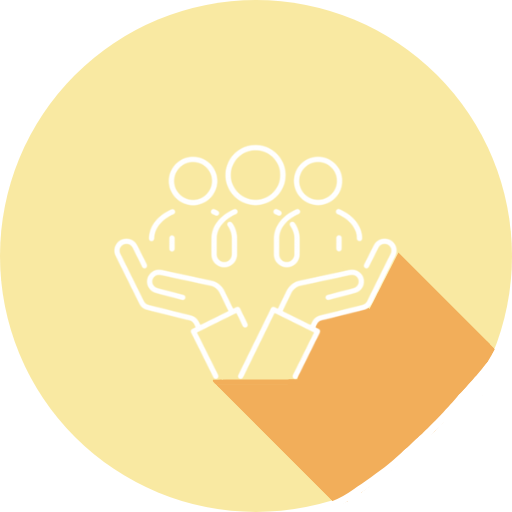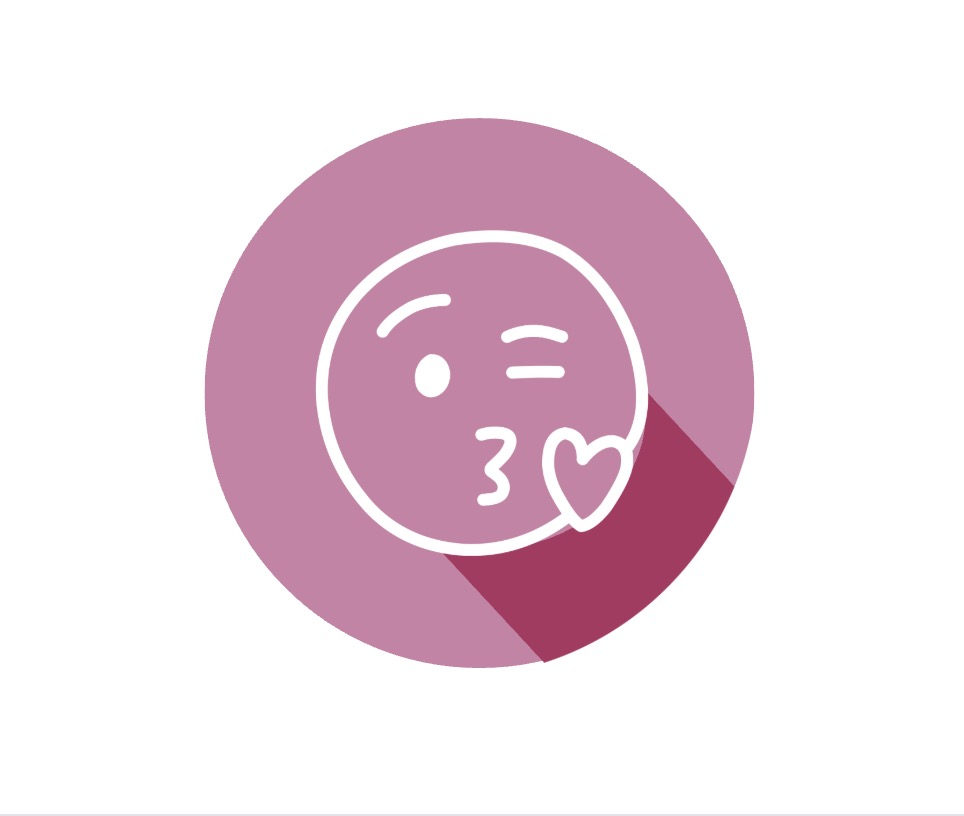The Variety Perception Effect: Make Your Brand Look Bigger With Smart Casting
Relevant topics Archive, Advertising
Why Your Brain Falls for the Casting Trick
In my neighborhood there are two coffee shops. The first serves only white, middle-aged businessmen in suits. The second buzzes with customers of all ages, ethnicities, and styles. Without reading a single menu, which shop do you think offers more variety?
Your brain just made a snap judgment. And it probably got it wrong.
This isn't about coffee shops. It's about a fascinating quirk in how we process information. When we see different types of people using a product, we automatically assume the product must cater to different types of needs. It's logical, intuitive, and an interesting tool for marketing.
Stanford researchers call this the Variety Perception Effect. And smart marketers are already using it to make their brands look bigger without spending a dime on product development.
What Scientists Call the "Variety Perception Effect"
Here's how your brain works. You see a diverse group of customers in an ad. Your subconscious thinks: "These people look different, so they must have different needs. If this brand serves all these different needs, they must have lots of different products."
The researchers tested this across nine different studies. They showed people identical ads, changing only the diversity of the models. Every single time, diverse casting made people think the brand offered more variety.
The effect happens instantly. You don't need to think about it. Your brain sees different faces and infers different product options. It's automatic, universal, and powerful.
What makes this even more interesting? It doesn't matter if you personally relate to the people in the ad. A white customer seeing diverse models still perceives more variety. A young person seeing older models gets the same effect. The diversity signal works regardless of who's watching.
From Shampoo to Banking: Real Results from Real Studies
The Stanford team tested everything from shampoo to banking services. The results stayed consistent across industries.
Take their shampoo study. They showed women identical ads for Kerastin shampoo. One version featured three white models. The other showed one Asian, one white, and one Black model. Same product, same claims, same everything. But the diverse version made people think Kerastin offered significantly more product variety.
The banking study hit even harder. They created ads for SunBank featuring customer testimonials. In one version, all testimonials came from Americans. In another, they mixed in customers from Greece and Argentina. The diverse version didn't just boost variety perceptions. It increased brand creativity scores, overall brand impression, and willingness to use the service.
Their wine shop experiment used real purchasing decisions. MBA students chose between gift cards for two wine stores. When one store featured diverse customer reviews instead of all-white reviews, it won significantly more choices. People literally put their money where the diversity was.
Smart Casting Strategies That Work
Want to make this work for your brand? Here's your playbook.
Start with age diversity. It's the easiest win. Show your product working for different generations. A 25-year-old and a 55-year-old using your app signals that you serve different life stages and needs.
Mix in ethnic diversity strategically. Different backgrounds suggest different cultural needs and preferences. Your brand suddenly looks like it caters to a broader market.
Don't forget gender diversity where it makes sense. Two men and two women in your ad implies you understand both male and female perspectives on your product category.
Keep the context relevant. The diversity should make logical sense for your product. A makeup brand showing diverse skin tones signals different color needs. A travel app with diverse ages suggests options for different travel styles.
Make it subtle but clear. You want people to notice the diversity without it feeling forced or tokenistic. The goal is natural representation that triggers the variety perception effect.
When Diversity Backfires (And How to Avoid It)
This strategy isn't foolproof. Sometimes it backfires spectacularly.
If your brand already shows high product variety, adding diverse models won't help. When people can already see you offer tons of options, the casting diversity becomes irrelevant. Save your energy for other strategies.
Context matters enormously. If you're targeting makeup artists instead of general consumers, diversity might signal confusion rather than variety. Professional audiences want to see people like them, not broad representation.
Some products don't benefit from perceived variety. If you sell hand sanitizer, diverse models won't suggest different sanitizing needs. The product itself doesn't have diverse applications, so the casting diversity feels disconnected.
Here's the ethics test: Are you using diversity as authentic representation or just as a marketing trick? If you're not genuinely committed to inclusion behind the scenes, diverse casting can feel hollow and manipulative. Consumers spot fake diversity faster than you think.
The research shows this strategy works best for brands with limited product lines that genuinely serve diverse needs. Use it to signal your broad appeal, not to mask a narrow focus.
Your casting choices shape perceptions before people even read your copy. Choose wisely.
The Smart Marketer's Next Move
The Variety Perception Effect hands you a simple but powerful tool. You can make your brand look bigger, more creative, and more appealing without changing a single product. But like any psychological principle, it works best when you use it thoughtfully.
Test it in your next campaign. Swap homogeneous casting for strategic diversity. Measure the difference in brand perception, purchase intent, and actual sales. The Stanford research suggests you'll see improvements across all three.
Just remember the golden rule: authentic diversity beats performative diversity every time. Use this effect to showcase the breadth you genuinely offer, not to create illusions you can't deliver on. Your customers will notice the difference, and so will your bottom line.
Further Reading
-
A Nudge That Cuts Waste — Without Cutting Satisfaction
Imagine you’re in a cozy bistro. You’re browsing the menu, thinking about what you feel like eating. Now imagine a message on your table:
“We are committed to reducing food waste - you can help! About one-third of all food produced for human consumption is wasted. As our beloved guest, you can make a difference.”
What do you do? Chances are, you’ll order more mindfully, and leave less on your plate.
-
Don’t Let Emojis Hurt Your Brand: The Right Way to Employ Them For Positive Brand Perception
It’s June 22nd, 2015. Chevrolet sends out a press release to announce the reveal of the new Cruze. But guess what? It’s all written in emojis🤔 No words, just funny pictures (some even made up by Chevy, like its own “bow tie” logo.) The goal was to appeal to the younger generation of buyers. But that backfired, as it was a real struggle to make sense of it until they provided a ‘translation’ - the standard press release using English written words.
Nobody can deny the popularity and impact of emojis in modern digital communication, from social media to email, SMS and websites. The current version 16.0 of the emoji encyclopaedia (Emojipedia.org) boasts 3790 pictographs and is constantly growing (Unicode.org 2024). In the last ten years, almost 22% of global tweets (close to 3 billion) contained at least one emoji! And 92% of the world's online population uses emojis (Daniel 2021).



